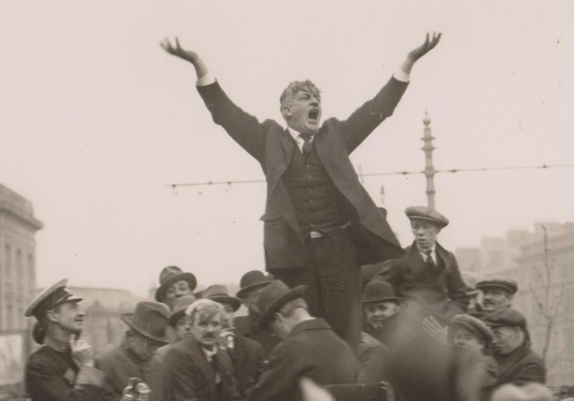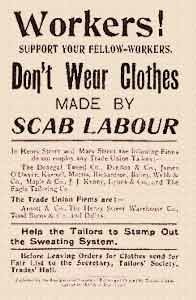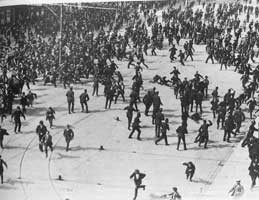The Belfast lockout took place in Belfast from 26 April to 28 August 1907. The strike was called by Liverpool-born trade union leader James Larkin who had successfully organised the dock workers to join the National Union of Dock Labourers. The dockers, both Protestant and Catholic, had gone on strike after their demand for union recognition was refused.
#History #IrishHistory #Beflast #NorthernIreland #BelfastLockout #JamesLarkin #OnThisDay



